Written by NDA student, Anabia Hassan
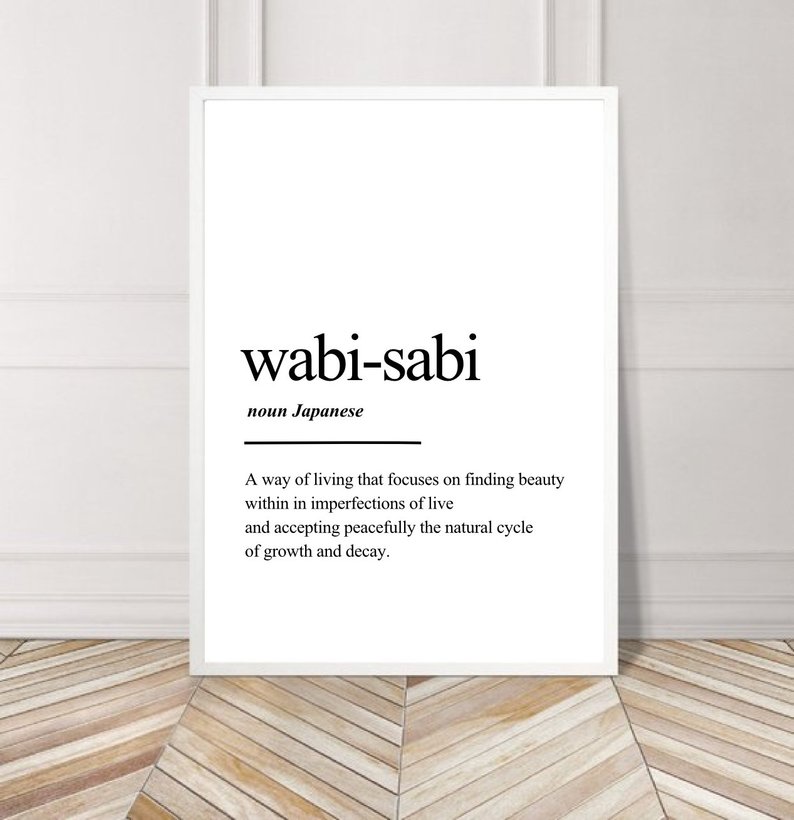
The basic essence of ‘Wabi-Sabi’ as an ideal/philosophy is; the beauty in the imperfect, incomplete and impermanent. As Andrew Juniper very rightly pointed out that “all beauty lies in the sphere of perception”. This, of course, serves as the perfect antithesis of our classical Western notion of beauty as something perfect, enduring, and where one could imagine celebrating anything but rust, patina, wear and tear! On the contrary, according to Richard Powell, author of “Wabi Sabi Simple”, “Accepting the world as imperfect, unfinished, and transient, and then going deeper and celebrating that reality, is something not unlike freedom.” Hence, the idea of abandoning “perfect” and even “good enough” would seem irresistibly tempting to a Wabi-Sabi enthusiast. “Life — the fingerprints, scars, and laugh lines — is itself perfectly imperfect, and the beauty in that, monumental ” – Gretchen Roberts, Wabi Sabi Your Life: 6 Strategies for Embracing Imperfection.
In its most untainted form, Wabi-Sabi embodies the principles of evanescence and delicate traces/evidence at the borders of nothingness; that everything, whether tangible or intangible, evolves from/dissolves into nothingness/oblivion leaving behind its evocative existence; and that the real beauty lies in the unseen and unspoken – “….enhanced darkness casting pale glows/dim shades owing to curio lamps/candles, are actually considered to be ornaments used for lighting up alcoves and recesses in a Japanese room; whereas a westerner might quibble perceiving it as no more than ashen walls bereft of ornament….” (“In Praise of Shadows” by Junichiro Tanizaki).
By definition, ‘Wabi’ can literally be taken to symbolize rustic appeal, earthiness, simplicity, modesty/humbleness or a peculiarity/anomaly with a whimsical appeal. Whereas the term ‘Sabi’ embodies beauty refined by the ageing process (the bloom of time) occurring naturally; hence celebrating the cycle of life; concepts/objects which are completely unpretentious, ambiguous and idiosyncratic, defining grace and antiquity. If we were to look at the synthesis Wabi-Sabi (even though many today argue that the two phrases should not be combined; that it creates a snappy phrase, diluting the separate meaning of each), it could be said to exemplify aesthetic ideals based on nature/the raw, incompleteness, and the natural generation and degeneration of all – that may be invisible to vulgar eyes; that beauty reveals itself only once the winds of time have had their say and the bumps and scrapes of life are evident; that there is as much beauty, whim and mystery in the arcane crumpled skin of an old man as in the soft and pure wrinkled skin of a newborn – that Jenni Rhodes at 81, recently became the face of a new campaign for fashion label Vielma is a perfectly prime modern day example of the same. “Her elegantly lined visage appears carved from glass, replete with the sort of jagged edges and splintery lines that naturally accompany a richly lived life“; that instead of residing in objects and environments directly, the beauty of wabi-sabi “happens”; and that instead of sorrow and misery, a bittersweet comfort is sought in the resulting wabi-sabi loneliness, poignant thoughts and tender/beautiful sadness embodying the resulting experiences.
Wabi-Sabi is often termed as the ‘Feng-Shui of the new millennium’; however there is a huge difference between the two – wabi-sabi on its own is a whole philosophy/worldview cutting a wide swath across philosophies, attitudes, lifestyles, relationships, experiences, art and materials, culture, prose styles as well as architectural/interior ideas. However, unlike ‘Feng-Shui’, you cannot hire a professional to Wabi-Sabi an interior space; it is more of a sensibility than a mere ‘decorating style; where beauty itself is considered a dynamic event occurring between the observer and the object/intangible-experience and hence can be defined as an altered state of consciousness or a moment of poetry and grace in itself (‘Wabi-Sabi for Artists, Designers, Poets and Philosophers’ by Leonard Koren).
And now onto a bit of wabi-sabi history: Earlier on, Japan’s geographic location-isolated by the sea – a string of islands about 100 miles from Korea and 500 miles from China – protected it from foreign invasions allowing controlled contact with other nations. “This helped Japanese aesthetics develop in an utmost unique fashion”. Even though wabi-sabi as a formal term was articulated only recently, the concept itself is a much ancient one; having stemmed from Zen Buddhism (introduced in Japan after India and China in the 12th century), it holds in common many core spiritual pillars of belief including the belief in harmony (Harmony with nature – and the consequent belief that being human fundamentally implies being imperfect), respect, purity, tranquility, anti-rationalism, transcendental truth and leading an unencumbered life. Just like Wabi-Sabi, Zen practitioners believe that the most vital of knowledge can only be conveyed through the interaction of the imagination/experiences instead of written/spoken expression, perhaps why most Japanese hesitate to explain the concept Wabi-Sabi in words or through speech; that it is more of a ‘feeling’ to be experienced than a material concept which merely adds to its properties of being mysterious/elusive. Wabi-Sabi also draws inspiration from the 9thcentury Chinese Minimalism as well as Taoism – emphasizing harmony, naturalness and simplicity.
The tea ceremony was variedly called Sado, Chado and Chanoyu. In the context of which Wabi-Sabi reached its most comprehensive realization. Instead of solely signifying an event, this ceremony became a multifarious affair encompassing the synthesis of many Japanese arts including interior and garden design, flower arranging, painting, food preparation, and performance; understated, crude, anonymous and indigenous Japanese, Korean tea-related objects and folk-craft were placed on a higher aesthetic pedestal than the glossy, glib and flawless Chinese valuables. Rikyu, the Japanese tea master 1522-1591 came up with a new kind of tea room modelled on a shoddy farmer’s hut with mud walls, thatched roof and exposed wooden structural elements; pushing materiality/artifice out of every corner of the room; establishing an egalitarian atmosphere. Everyone entered the room crawling/bent as an act of humility, eliminating any possibility of deriding the farmer’s hut/materials being medieval/less-preferred. The tea-making process itself is as simple as fetching water, collecting firewood for boiling, preparing tea and ultimately serving it. Instead of expensive/conventionally beautiful utensils, warn bamboo tea scoops made of virtue of their age for example, and handcrafted bamboo vases are to be employed. A successful ceremony is to leave its participants with a feeling of Jaku–tranquility and Sei-Purity. Of course, outside of the tea room, all these wabi-sabi ideals of existence fade away, in line with the belief in Evanescence and impermanence. Importantly enough though, the 16th-century tea-room was not without function, where wealthy merchants and warriors sought to consummate their deals and alliances.
Finally, in terms of interior design then, that would mean creating an overall experience, embracing the rustic appeal, the earthiness, the diffused glow of the rice paper, the course and unrefined, the scars of clay cracking while healing/drying, the ageing and the scarring of time! “I know a few greater pleasures than holding a lacquer soup bowl in my hands, feeling upon my palms the weight of the liquid and its mild warmth……Remove the lid from a ceramic bowl, and there lies the soup, every nuance of its substance and colour revealed. With lacquerware there is a beauty at that moment between removing the lid and lifting the bowl to the mouth when one gazes at the still, silent liquid in the dark depths of the bowl, its colour hardly differing from that of the bowl itself. What lies within the darkness one cannot distinguish, but the palm senses the gentle movements of the liquid, vapour rises from within forming droplets on the rim, and the fragrance carried upon the vapour brings a delicious anticipation… almost a moment of meditation and trance” (“In Praise of Shadows” by Junichiro Tanizaki).
You can see more of Anabia’s work on her Instagram and her website. To find out more about our Diploma in Professional Interior Design, our Master’s in Interior Design and our other courses, you can visit our website.

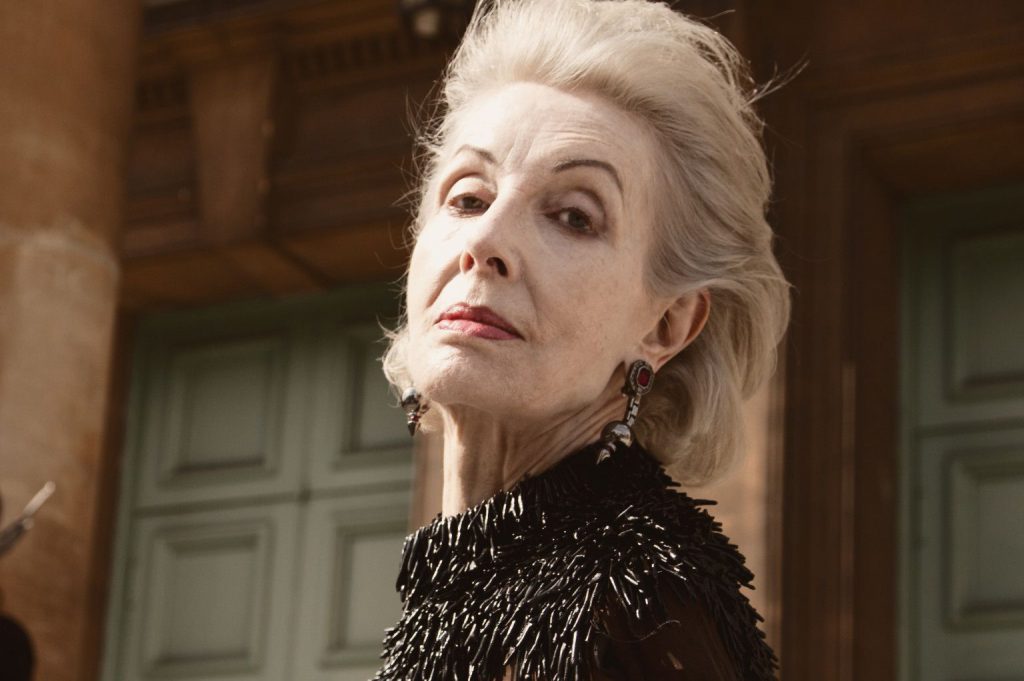
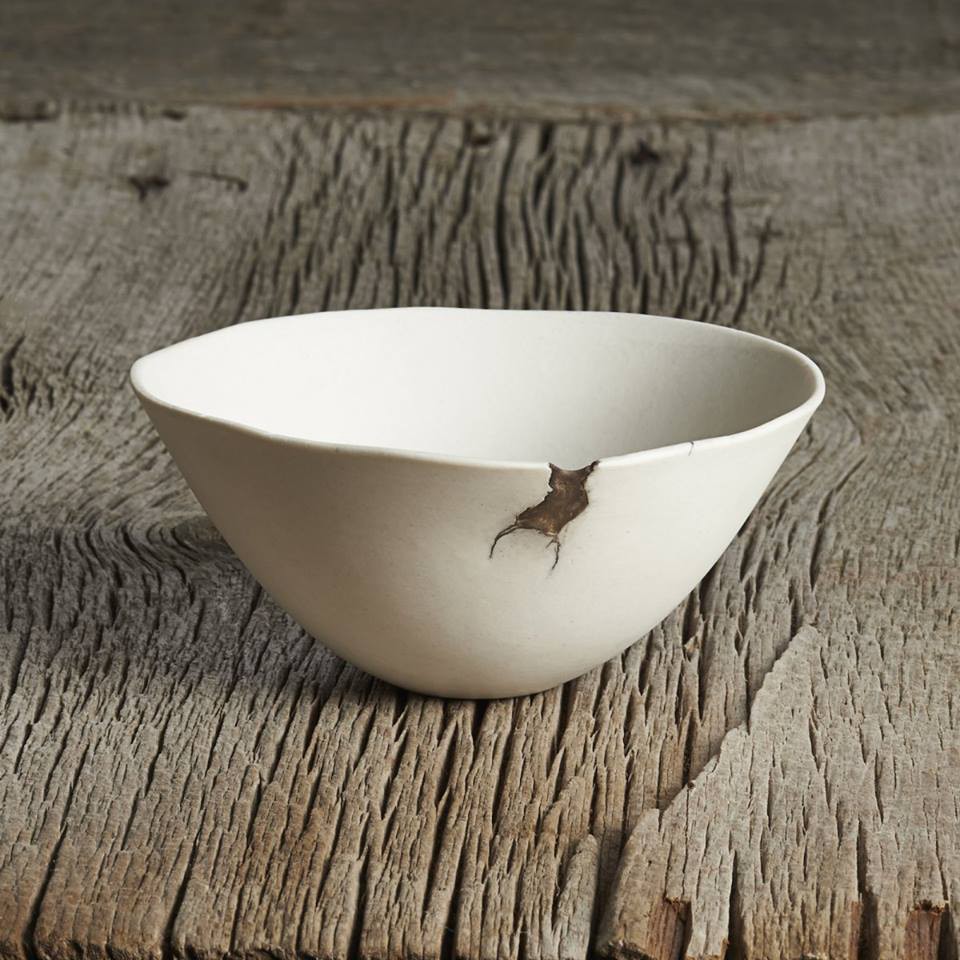
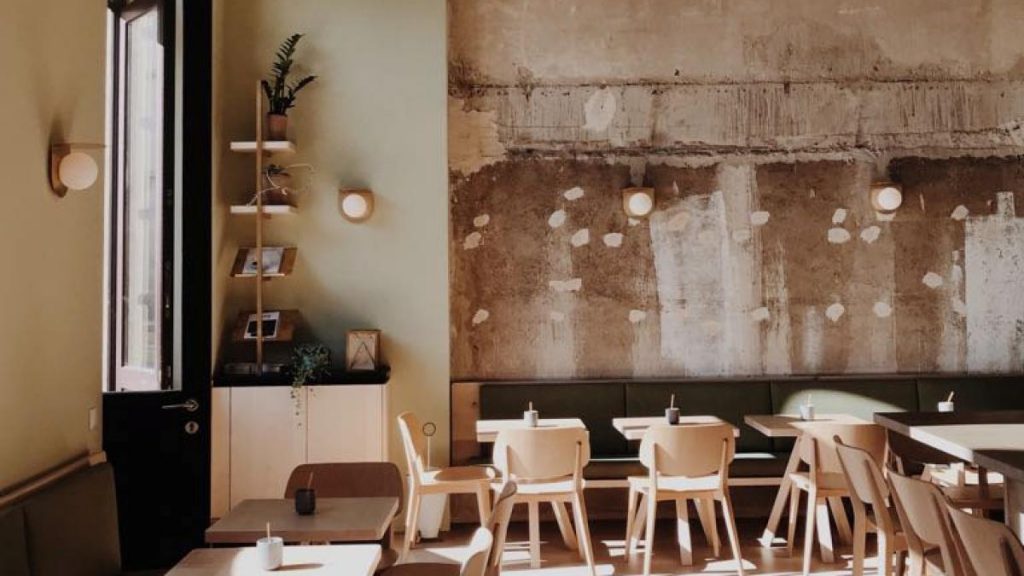


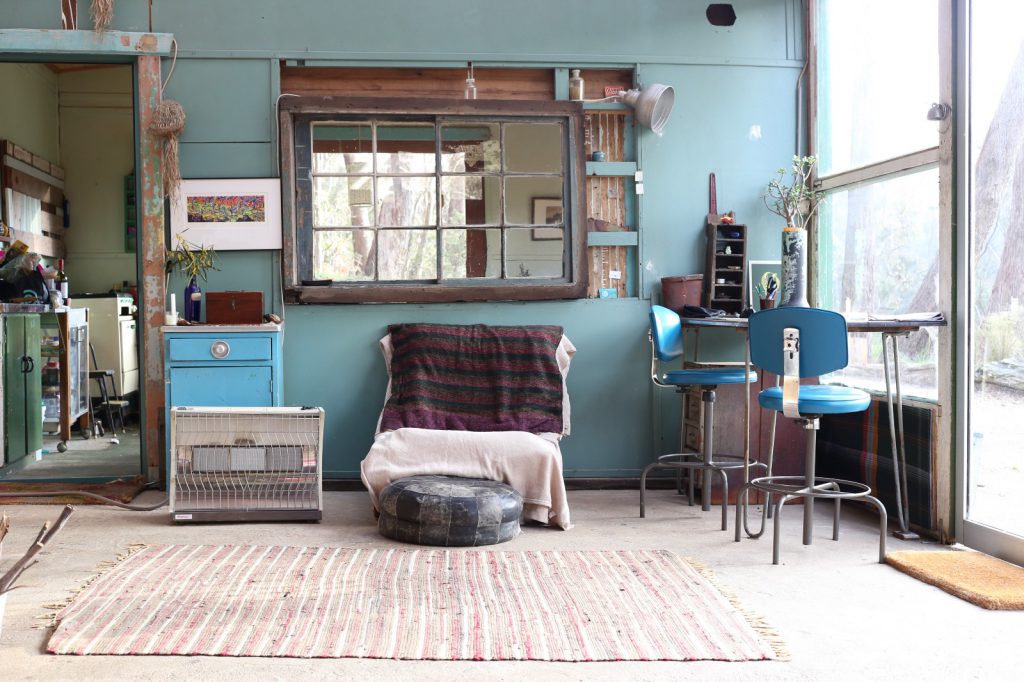



2 responses
This blog is amazing Wabi-Sabi From A Design Perspective thanks for this information thanks for sharing us…
So very interesting! Thank you!